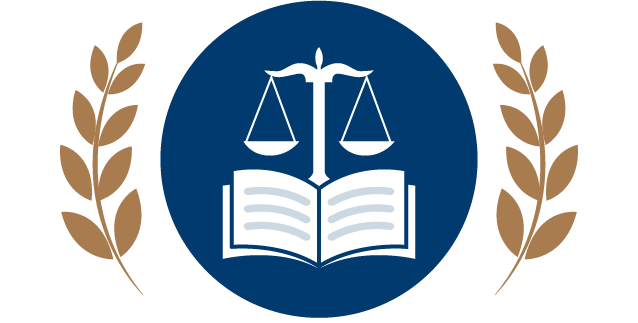When a civil case makes it to trial a lot of behind the scenes preparation has already occurred. Meaning that for the most part trials can be pretty predictable. As a wrongful death lawyer in Las Vegas, NV, can explain, each side—the plaintiff and the defendant—will have developed a theory for their case, will have decided what evidence they will want to present, and will have a good idea of what will occur during the trial.
Voir Dire
Voir Dire is the process used to deselect potential jurors that are a part of the jury pool until the number shrinks to at least six individuals. The number that the jury pool has to shrink down to depends on the local rules in each jurisdiction. The voir dire process consists of either the attorneys, the judge, or both asking the potential jurors questions. Once the attorneys have heard the answers from the potential jurors the attorneys can use one of two methods to deselect jurors. They can make a challenge for cause or use a preemptory challenge. A challenge for cause may be used by either side to disqualify a juror for any reason that would prevent the juror from deciding the facts of the case fairly. Challenges for cause are tried before the judge who ultimately decides if the juror will be deselected or not. Preemptory challenges are left until the end of the jury questioning process and the plaintiff and defendant are given an allotted number of challenges that they may use. These challenges can be made for any reason and the reason does not have to be explained to the judge. After the preemptory challenge phase is over the juror that are sitting in the box will be the jurors during the trial.
Opening Statements
Once the jury is selected, the first step is for the plaintiff to start with their opening statement. An opening statement will usually include what the theme the case is, what the trial is about, and what evidence the jury will see during the trial. Plaintiffs always go first because they have the burden to prove while the defense has no burden. The defense opening will usually happen right after the plaintiffs opening, but the defense does have the ability to put off their opening until they begin the presentation of their case after the plaintiff rests their case.
Direct and Cross Examination
Now it is time for the plaintiffs to put on their case and chief. The plaintiffs will begin calling witnesses for direct examination. This is the traditional question and answer period that many people see on TV. Direct examination usually consists of open-ended questions. The defense will have the ability to cross examine each of the plaintiff witnesses and vice versa. Cross examination questions are usually closed ended questions that call for a simple yes or no answer. Once the plaintiff rests their case because they are done calling witnesses the defense will have their turn to call witnesses for direct examination and the plaintiffs will cross.
Closing Arguments
When the defense rests their case then closing arguments begin. As usual, the plaintiffs will start with their closing argument first and then the defense will make their closing argument. However, the plaintiffs are always allowed the last word since it is their burden to prove, and they are given a rebuttal that comes after the defenses closing. Rebuttals are optional and not always utilized. In closing arguments, the attorneys put all of the facts together and argue that the jury should decide the case in their favor.
After closings the case is over and now the jury goes into deliberation to decide who won the case.
Thanks to Eglet Adams for their insight on the stages of a civil trial.
